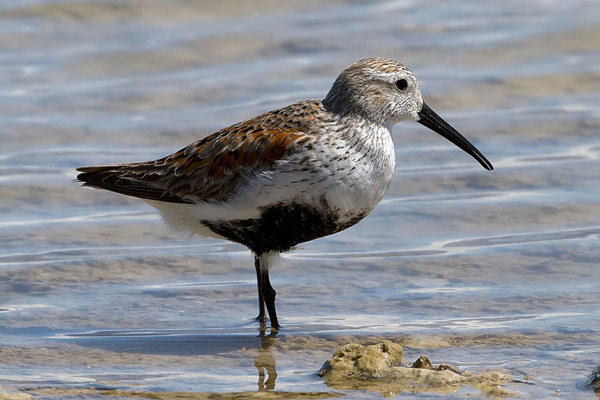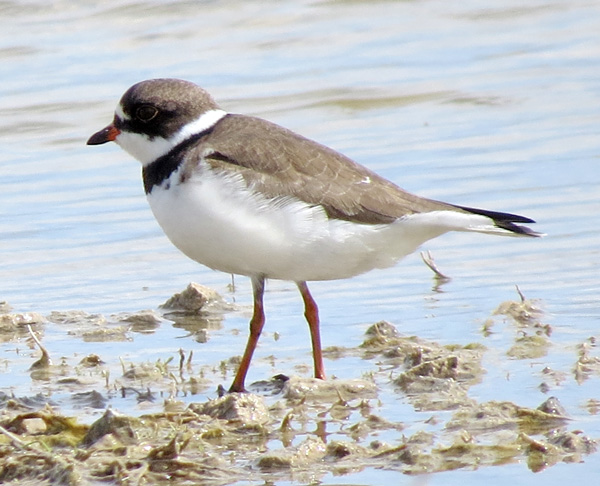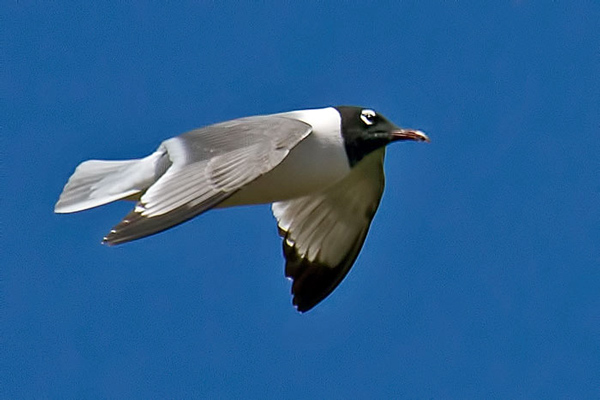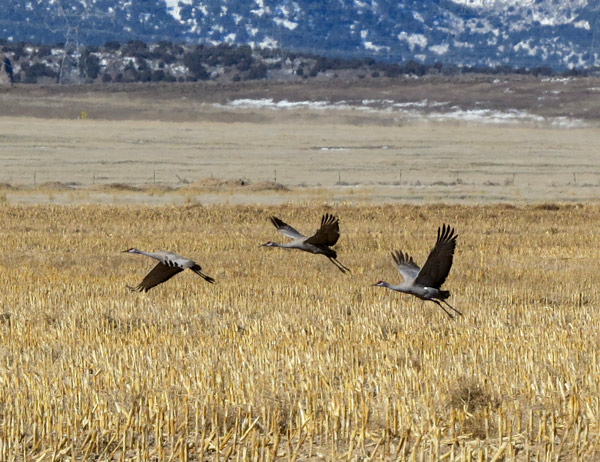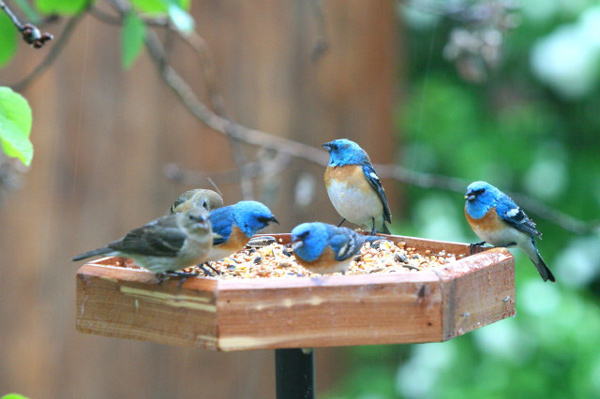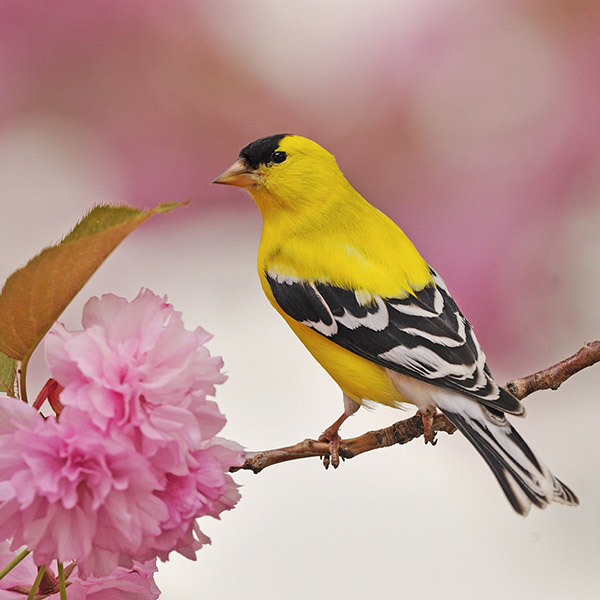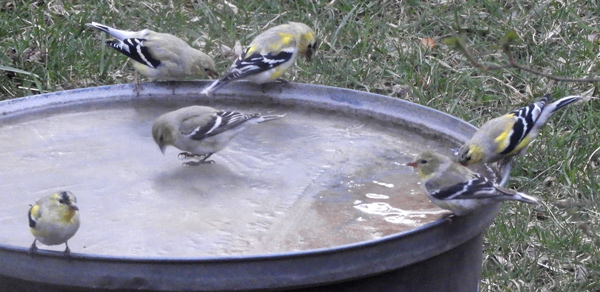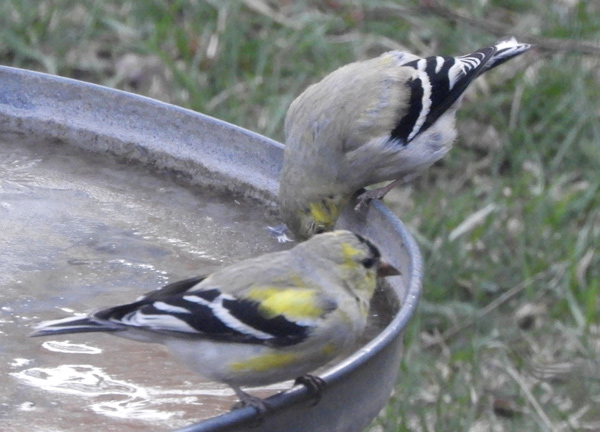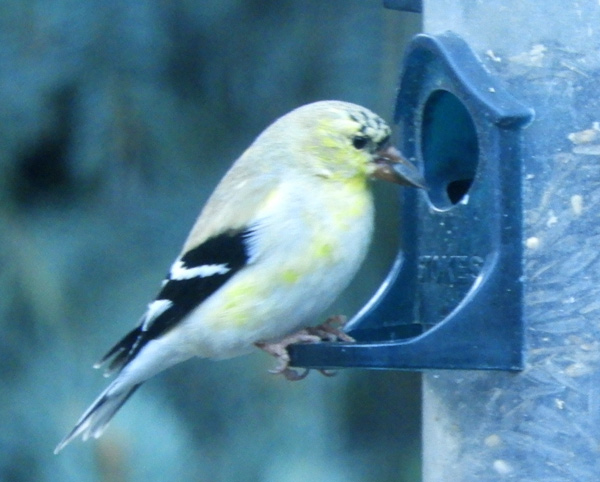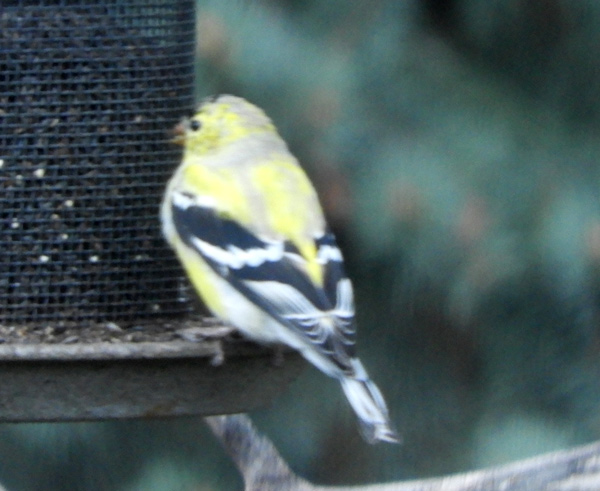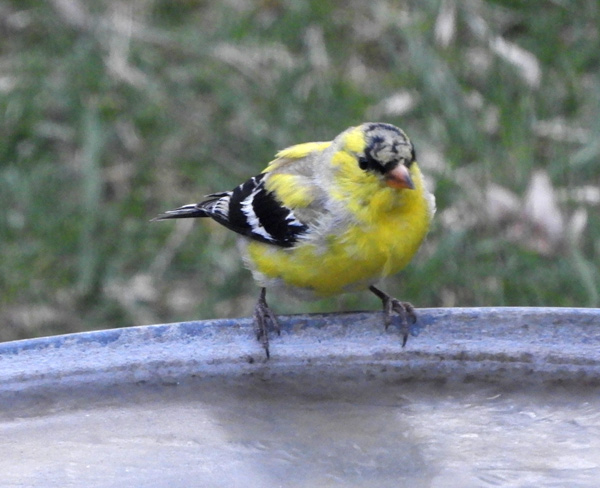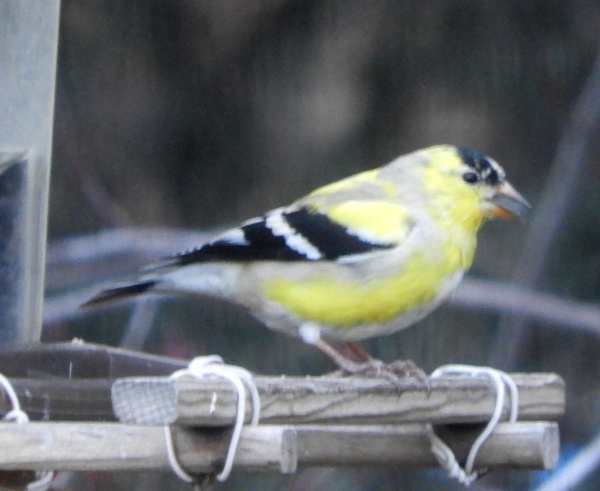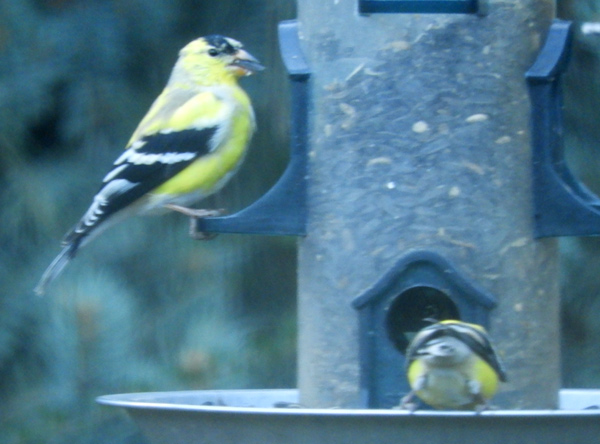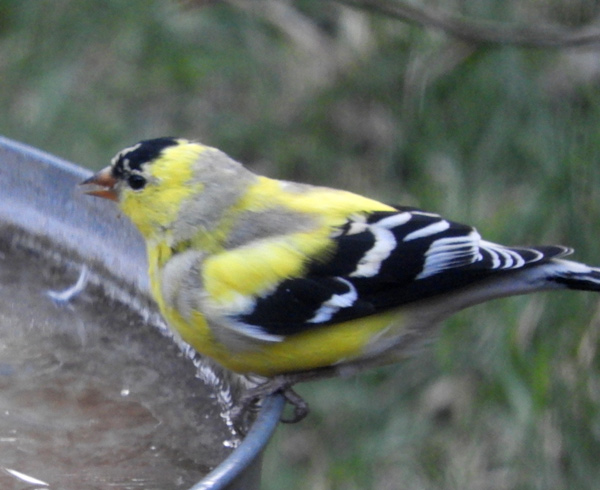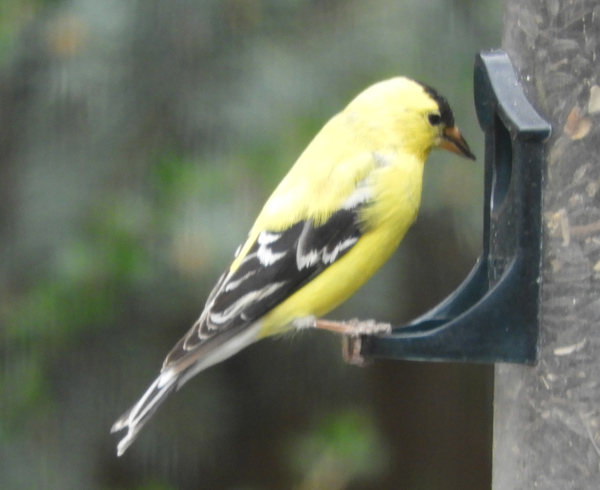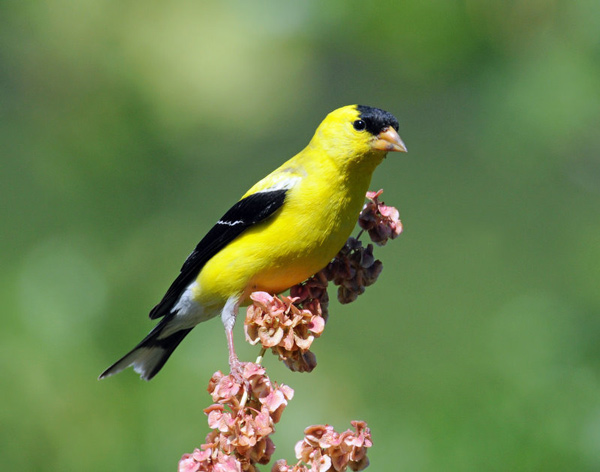|
Name
Killdeer—what a strange name for a bird.
While we’ve all seen birds feasting on a dead deer (eg, ravens, magpies,
vultures), those birds did not “kill” the deer—they were scavenging. Perhaps
centuries ago the Haast’s Eagle, the largest eagle that ever lived on earth in
the South Island of New Zealand and became extinct around 1400, killed deer.
Doing the research for this article, I learned that Bald Eagles have been known
to take down full-sized deer in some parts of the world.
Obviously, Killdeer don’t and can’t kill
a deer. So where did the name originate? Just like chickadees, they are named
after the sound of their call. If you listen to their distinctive call, it
sounds a little like: kill-dee, kill-dee. Other expert birders claim that
the call sounds like: tee-dee, tee-dee. Most of us often hear a Killdeer
before seeing it. Killdeer are part of the same family which includes species
like plovers. Its current scientific name Charadrius vociferous
originated with Carl Linnaeus in 1758. Eighteenth century naturalists noticing
how noisy they were gave them names such as Chattering Plover and
Noisy Plover.
Identification
|
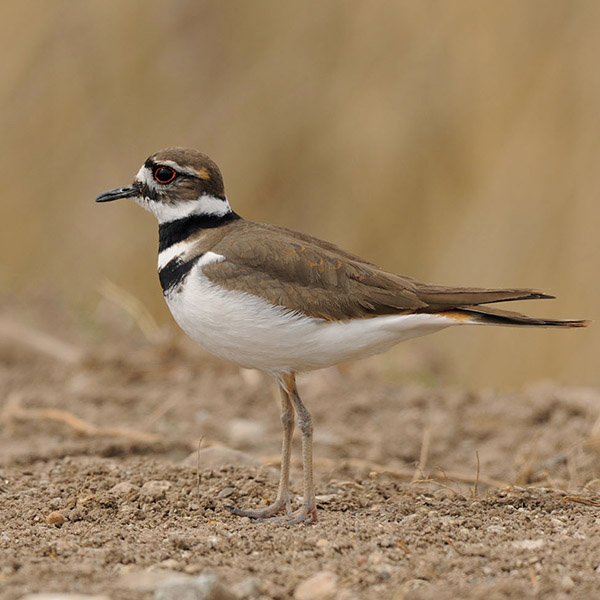
Killdeer, by John Crawley |
• Both Killdeer sexes have 2 black
breast bands; white collar, a brownish back, and white underparts. The eye ring
is narrow, but a bright orange-red. Chicks and juveniles have a single black
breast band
• In flight, they show a long orange
tail and rump. This bird’s white wing stripe is similar to that seen on other
plovers. When flying, this bird appears falcon-like and is about the size and
shape of the American Kestrel
• While walking, a Killdeer will pause
and bob up and back down as though it had hiccupped. Their walk–stop–pick
behavior is found with all plovers.
• Killdeer breed across all of North
America except arctic Canada, Alaska, and southern Mexico. Range maps show them
living year-round in Utah.
• Killdeer are the most common and
well-known plover in North America. I was surprised to learn that they are very
good swimmers and even their chicks can swim through small streams. They can be
found in open areas such as golf courses, airports, parking lots, athletic
fields, grazed fields, sandbars, and mudflats. Though most often found on dry
land, they are found on edges of freshwater ponds and mud flats.
Nesting
They nest on the ground. Their nests
aren’t very large and don’t have any walls or anything for protection or warmth.
The male and female build their nest together, scraping the ground to make a
little depression in the ground but don’t line it or line it only with a few
stones (An exception was found in Oklahoma where a nest had over 1,000 pebbles).
Years ago while on a Deseret Ranch field trip the group found on a fairly well
traveled dirt road a nest within four inches of road’s vehicle tire treads.
Mother and father take turns incubating their eggs.
The Audubon.org website reported how a
pair of Killdeer interfered with the opening of a newly renovated track and
football field just outside of Sacramento, California. Construction workers
while laying the field’s artificial turf, found a clutch of four Killdeer eggs
in one of the end zones. The school’s principal postponed the field’s opening
day until the eggs hatched and the birds vacated the nest. The school used a
nearby field for practice and games. While Killdeers are not endangered; the
Migratory Bird Treaty Act protects them in the United States. To move the nest
would require the federal government’s permission. Other cases of Killdeer
nesting in inconvenient spots for humans include a 2018 Canadian 10-day music
festival causing a ruckus and in upstate New York a church parking lot had a
nest where two chicks were hatched.
Their nests blend in with its
surrounding territory making the nests difficult to be seen and can be easily
stepped on if a person isn’t alert and attentive to where their feet are being
placed.
Chicks
When hatched, baby Killdeer always come
out running. They hatch with their eyes open, and as soon as their downy
feathers dry, they follow their parents searching the ground for something to
eat. Newly hatched Killdeer can’t fly, and they need their parents for
protection and guidance.
Killdeer adults don’t feed their young
at all. They take the chicks to a place with food and the just-hatched chicks
must feed themselves. If we were a Killdeer we would learn very quickly to be
independent.
Broken-wing Behavior
When predators come near a Killdeer’s
nest, the adults try to draw the predator away by pretending to be injured. They
pretend that their wing is broken, and they hobble away from the nest, hoping
that the predator will follow. After they have drawn the predator far enough
away from the nest, the killdeer flies away to safety.
According to the Cornell Laboratory of
Ornithology, when faced with large hoofed animals like cows and horses that are
apt to trample a nest, instead of the broken-wing strategy used to lure
predators away from the nest, the Killdeer fluffs itself up, displays its tail
over its head, and runs at the animal to attempt to make it change its path.
Sources
The Cornell Lab, All About
Birds, website. Accessed April 7, 2020.
Dunne, P. (2006). Pete Dunne's
Essential Field Guide Companion. Houghton Mifflin Harcourt, New York, USA.
Sibley, D. A. (2014). The
Sibley Guide to Birds, second edition. Alfred A. Knopf, New York, NY, USA. |

